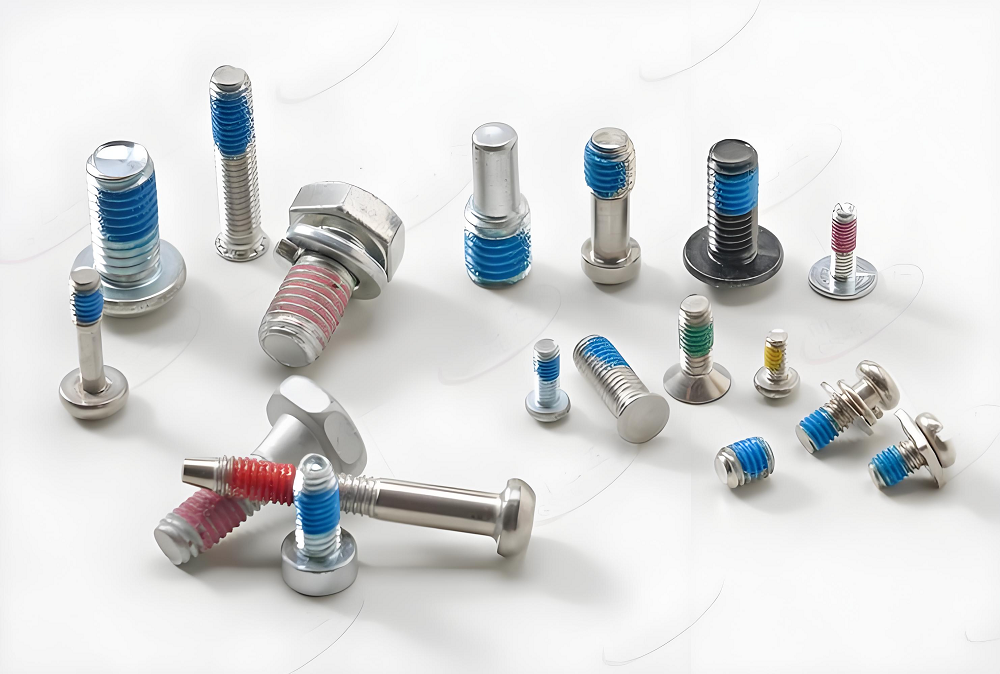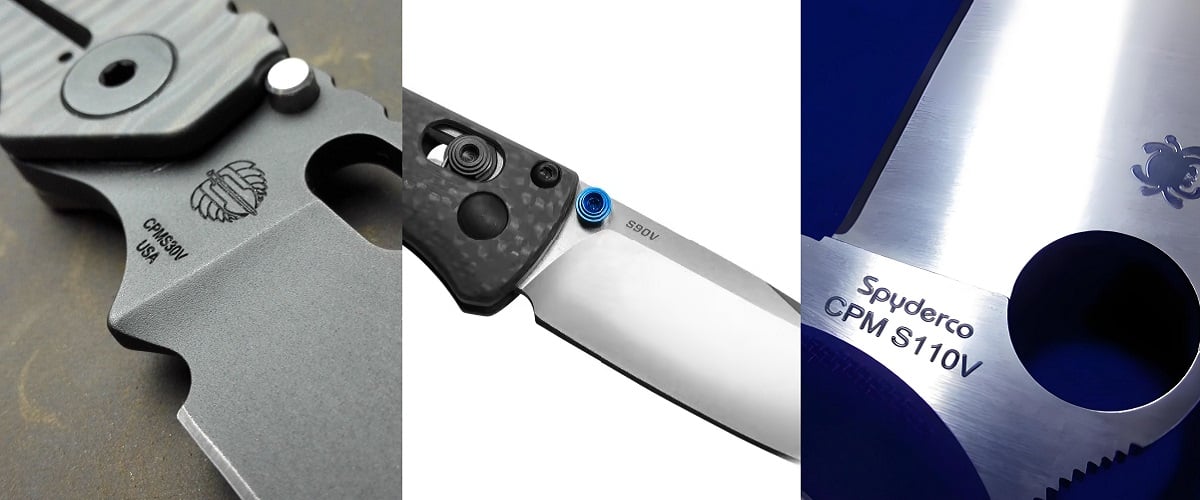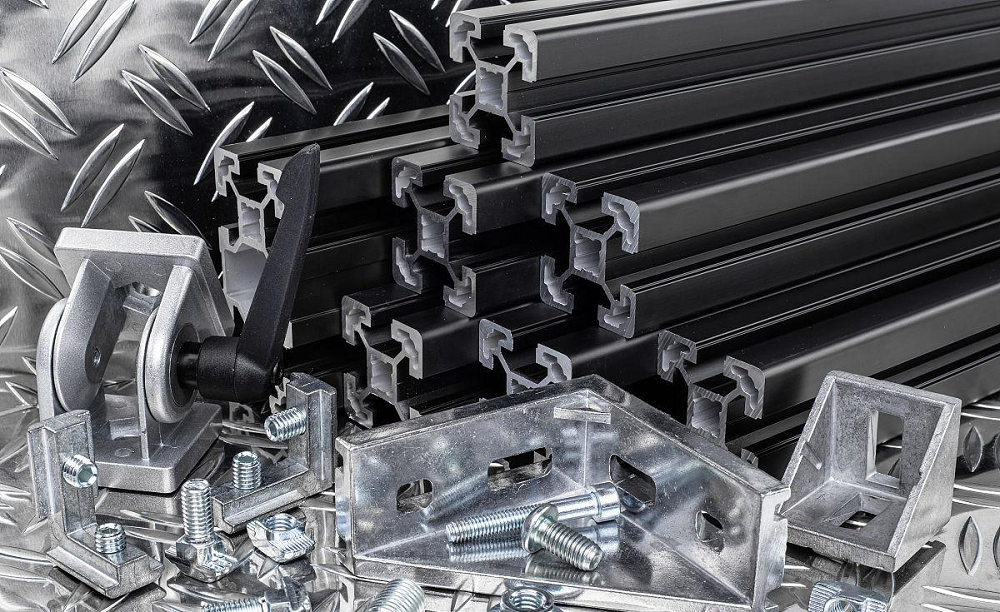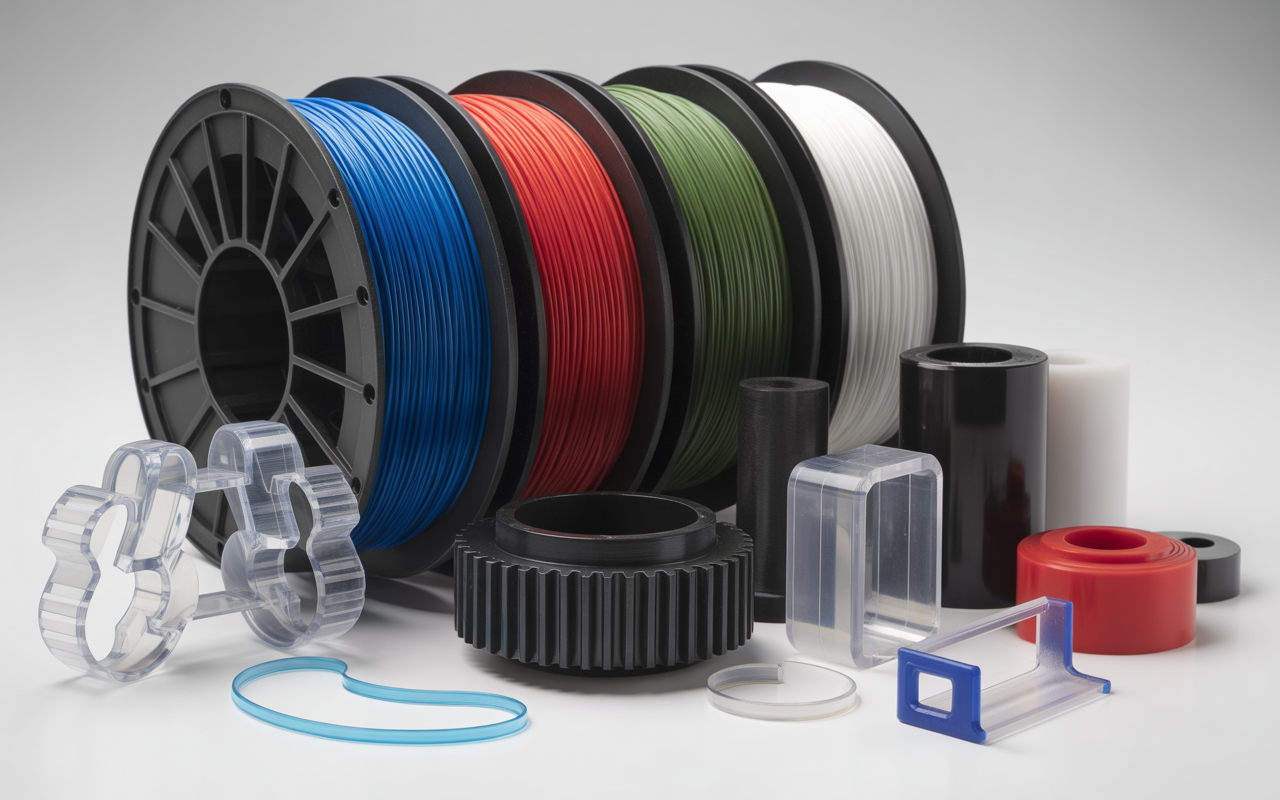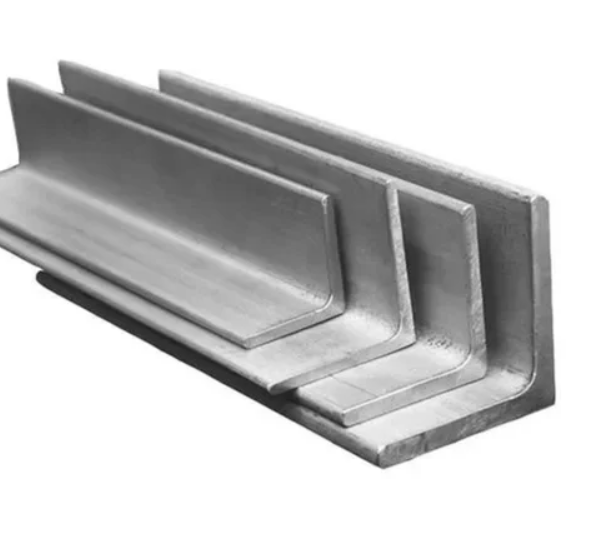Metal heat treatment is one of the important processes in the manufacturing of mechanical CNC parts and molds. Generally speaking, it can ensure and improve various properties of the workpiece, such as wear resistance, corrosion resistance, etc. It can also improve the microstructure and stress state of the blank, so as to facilitate all kinds of cold and hot working. Then what is metal heat treatment and what are the stages and types of heat treatment process?
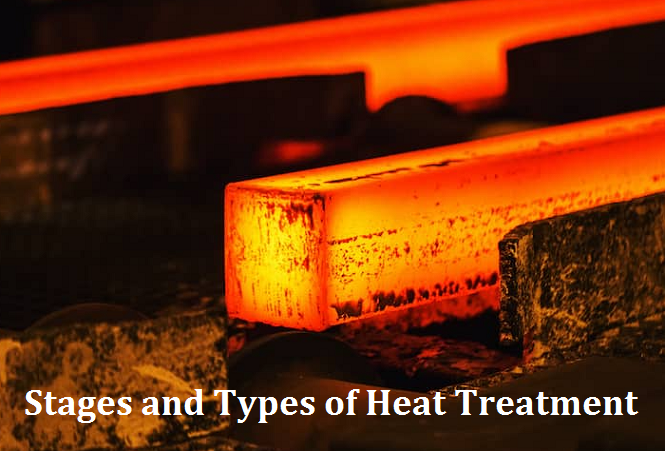
What is Metal Heat Treatment?
Metal heat treatment is a process in which metal workpieces are heated to a suitable temperature in a certain medium, maintained at this temperature for a certain time, cooled at different speeds, and their properties are controlled by changing the surface or internal structure of metal materials. Compared with other technologies, heat treatment generally does not change the shape and overall chemical composition of the workpiece, but gives or improves the performance of the part by changing the microstructure inside the pice or the chemical composition on the surface.
Steel is the most widely used material in the mechanical industry. The microstructure of steel is complex and can be controlled by heat treatment. Therefore, the heat treatment of steel is the most common. In addition, aluminum, copper, magnesium, titanium, and their alloys can also change their mechanical, physical, and chemical properties through heat treatment to obtain different properties.
If you are looking for professional, reliable metal heat treatment solutions for your CNC parts and molds, our tailored services can fully meet your needs for improving workpiece performance and quality. Learn more details and get customized support by visiting our heat treatment service page.
Stages and Types of Heat Treatment Process
The heat treatment process includes three different stages: heating, soaking, and cooling. Sometimes there is only heating and cooling.
– Heating: one of the important steps of heat treatment. There are many heating methods for metal heat treatment. Charcoal and coal were first used as heat sources, and then liquid and gas fuels were used. The application of electricity makes heating easy to control and no environmental pollution. These heat sources can be used for direct heating or indirect heating through molten salt or metal or even floating particles. When the metal is heated, the workpiece is exposed to the air, and oxidation and decarburization often occur, which has a very adverse impact on the surface properties of parts after heat treatment. Therefore, metals should usually be heated in a controlled atmosphere or protective atmosphere, molten salt and vacuum, or protected by coating or packaging.
– Cooling: also an indispensable step in the process of heat treatment. The cooling method varies with different processes, mainly controlling the cooling rate. Generally, the cooling speed of annealing is the slowest, that of normalizing is faster, and that of quenching is faster. However, there are different requirements due to different steel types. For example, air-hardening steel can be hardened at the same cooling rate as normalizing.
Steel is the most widely used metal in industry, and the microstructure of steel is also the most complex, so there are many kinds of steel heat treatment processes. There are four basic processes for heat treatment of iron and steel: annealing, normalizing, quenching, and tempering.
– Annealing: heat the workpiece to an appropriate temperature, adopt different holding time according to the material and workpiece size, and then cool it slowly (the cooling speed is the slowest), in order to make the internal structure of the metal reach or close to the equilibrium state, obtain good process performance and service performance, or prepare the structure for further quenching.
– Normalizing: the workpiece is heated to a suitable temperature and cooled in the air. The effect of normalizing is similar to annealing, but the obtained structure is finer. It is often used to improve the cutting performance of materials and sometimes used for some parts with low requirements as the final heat treatment.
– Quenching: after the workpiece is heated and insulated, it is quickly cooled in water, oil, or other inorganic salts, organic aqueous solutions, and other quenching media. After quenching, the steel becomes hard but brittle at the same time.
– Tempering: in order to reduce the brittleness of steel parts, the quenched steel parts are kept warm for a long time at an appropriate temperature higher than room temperature and lower than 710 ℃, and then cooled.
Annealing, normalizing, quenching, and tempering are the four processes in heat treatment. Quenching and tempering are closely related and often used together. These four processes evolve into different heat treatment processes with different heating temperatures and cooling methods. In order to obtain certain strength and toughness, the process of combining quenching and high-temperature tempering is called quenching and tempering. After some alloys are quenched to form supersaturated solid solutions, they are kept at room temperature or slightly higher appropriate temperature for a long time to improve the hardness, strength, or electrical magnetism of the alloys. Such a heat treatment process is called aging treatment. The method of effectively and closely combining pressure machining deformation and heat treatment to make the workpiece obtain a good combination of strength and toughness is called thermomechanical treatment.
The heat treatment in a negative pressure atmosphere or vacuum is called vacuum heat treatment. It can not only prevent the part from oxidation and decarburization, maintain the surface of the part after treatment and improve the performance of the part, but also carry out chemical heat treatment with infiltrating agent. Surface heat treatment is a metal heat treatment process that only heats the surface of the part to change its mechanical properties. In order to heat only the surface layer of the workpiece and not transfer too much heat into the interior of the part, the heat source used must have a high energy density, that is, large heat energy is given to the part per unit area so that the surface layer or part of the workpiece can reach a high temperature in a short time or instantaneously. Chemical heat treatment is a metal heat treatment process by changes the surface chemical composition, microstructure, and properties of the workpiece.


